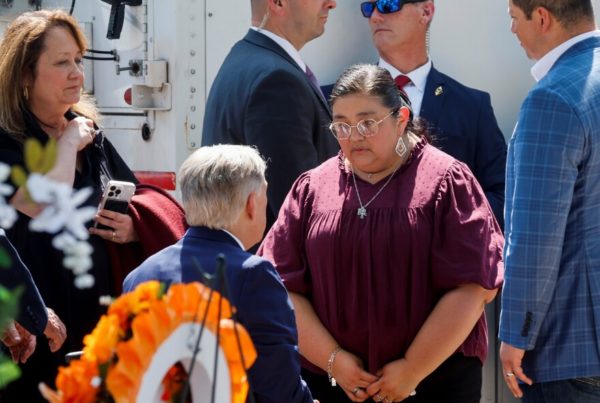Scientists understand the devastating impact of wildfires on humans, as well as the landscapes they ravage. But less is known about the effects of large fires – or the smoke associated with them – on animals, many of whom survive blazes.
Now, researchers are learning that cows exposed to fire often give less milk, and horses, with their large lungs, take in a lot of smoke from fires. There’s also research into the effects of fire on primates and birds. Matt Simon, a staff writer at Wired, told Texas Standard that the increasing number and size of wildfires in states like Texas and California have brought their impact on animals into focus for scientists. Listen to the interview above or read the transcript below.
This transcript has been edited lightly for clarity:
Texas Standard: You spoke with a number of scientists who’ve been looking at the impact of California’s wildfires on animals. What kinds of animals are researchers studying?
Matt Simon: It’s actually a pretty broad range. The science here is actually very new. We know full well how smoke affects human beings, but not so much animals, as it turns out. They are looking at non-human primates like orangutans, and horses, and cows and birds. They’re particularly worried about these endangered species that are in smoke-prone areas that might be at the highest risk here.
Cows and horses are of particular interest to Texans – what are some of the ways that fire exposure affects livestock?
It’s particularly troublesome for them because they cannot flee the smoke like we can. We go indoors to escape it; they spend their entire lives outdoors or in a barn, which is drafty. So, the issue with horses in particular is they have massive lungs relative to their body size. They’re sprinters, and they need all of that lung tissue to get enough oxygen. That means they get more smoke. And there’s actually a recent study on cows that found that smoke exposure reduced milk yields by about 10%, which is significant. And they’re still trying to figure out what that might mean for the industry at large, particularly in places like Texas and California, where there are lots of cows and lots of wildfires at the same time.
We tend to think of natural fuel, like wood, when we think of wildfires. But plastics and other manmade materials are often involved. Are the researchers taking that into account?
They are. They’re particularly concerned when a wildfire rips through a town and burns structures, you get all sorts of nasty stuff like asbestos and burning plastics that are contributing to the toxicity of wildfire smoke, which on its own is really terrible if it’s just moving through a forest, got all kinds of particulate matter, carbon monoxide, which is extremely toxic. So, if it’s going through a town, much more toxic. But just in general, wildfire smoke has so many different components that are bad for human or animal health.
And let’s not forget that smoke can travel quite a long distance, too. That’s also a problem.
Yeah, that’s actually becoming increasingly problematic because as wildfires grow more intense, they generate more heat, and that heat actually blasts that smoke higher into the atmosphere. You might have heard of these things called pyrocumulonimbus clouds, which are thunderclouds from wildfire smoke. Those move ahead of the fire and spark new fires with their lightning, which is pretty terrifying. And as we saw last year, there was a smoke event from California wildfires that made it all the way to the East Coast and maybe even to Europe as well.
Scientists have studied people a lot, but we’re just beginning to understand how fire affects animals more broadly. Why has it taken so long?
Part of the issue has been that we assume that wildfires are, of course, natural. And they are; they have been on the landscape for millions upon millions of years, and wildlife have adapted to that perfectly fine. But these fires are so unnatural because of human meddling. They’re just producing more smoke.
So first and foremost, we’re concerned about humans in places like California and Texas, Oregon, Washington, where there are lots more of these bigger wildfires. It’s also just very difficult to actually get out in nature and study things like birds. You have to have all kinds of training as a scientist to actually go near these fires, and even it’s a struggle for people who study fires just specifically to do this in a safe way. So, as you had mentioned, there’s these studies on cows and horses. Now, that’s just much easier. It’s much harder to actually determine how wildlife is affected by this, but it’s not going to be good.















